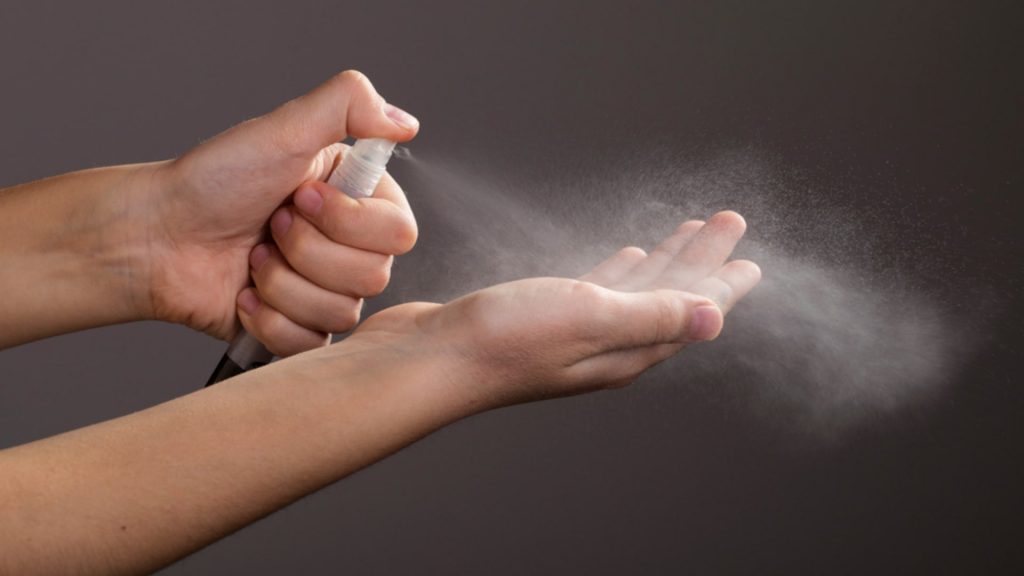The stability testing of aerosols is studied under three areas:
- Concentrate and propellant
- Container
- Valve

1. Concentrate and Propellant:
(a) Soon after manufacture, the following physic-chemical constants of the product are determined.
- Vapour pressure
- Spray rate of value
- pH
- Density/specific gravity
- Refractive index
- Viscosity
- Total weight
- Assay of active ingredients
- IR/ gas chromatography curves
- Colour
- Odour
(b) The samples used for the tests are usually stored on their sides (horizontally). With this type of storage, the product can come into contact with the internal surface of the container and valve mounting cup.
(c) The effect of product concentrate/ propellant upon container needs to be studied.
(d) When three-piece metal cans are used, care should be taken to ensure that some samples have liquid as well as gaseous contact with the side seams.
2. Container:
(a) The effect of containers on products needs to be studied.
(b) The contents of the container are removed by chilling the contents to a temperature of 0o F or less. The container is then examined for signs of corrosion. Corrosion changes are easy to detect with a necked eye and/or microscope.
(c) The internal coatings must also be verified. The internal coating should not be softened, dissolved, peeled or blistered by the concentrate.
(d) Special attention should be paid to the side-seam and headspace. Because these areas are in danger of attack.
(e) If glass containers are used, then examination is not necessary.
(f) If plastic containers are used, then leaching, sorption-like tests are conducted.
3. Valve:
(a) The valve should be examined to ensure that it works properly to dispense the product. Even small changes in the components may result in the inoperative package. The functioning of the valve can be determined by dispensing the product.
(b) The valve consists of many parts. These parts are made up of different materials. All of these materials may produce an adverse effect on the product. On the other hand, the product may cause damage to the components. Therefore the components must be checked for softening, cracking, elongation or distortion.
(c) The valve cup should be examined for evidence of corrosion.
(d) Dip tube may undergo elongation and crack. Dip tubes must be observed for these. If present, corrected.
Since varieties of different materials are used in the construction of the container, valve components, and dip tube, it is difficult to determine whether a reaction takes place between the materials and the drug. Therefore, to determine the reaction, all materials must be studied separately and collectively. Samples are prepared and packaged in glass aerosol containers as controls.
Make sure you also check our other amazing Article on : Containers for Aerosols